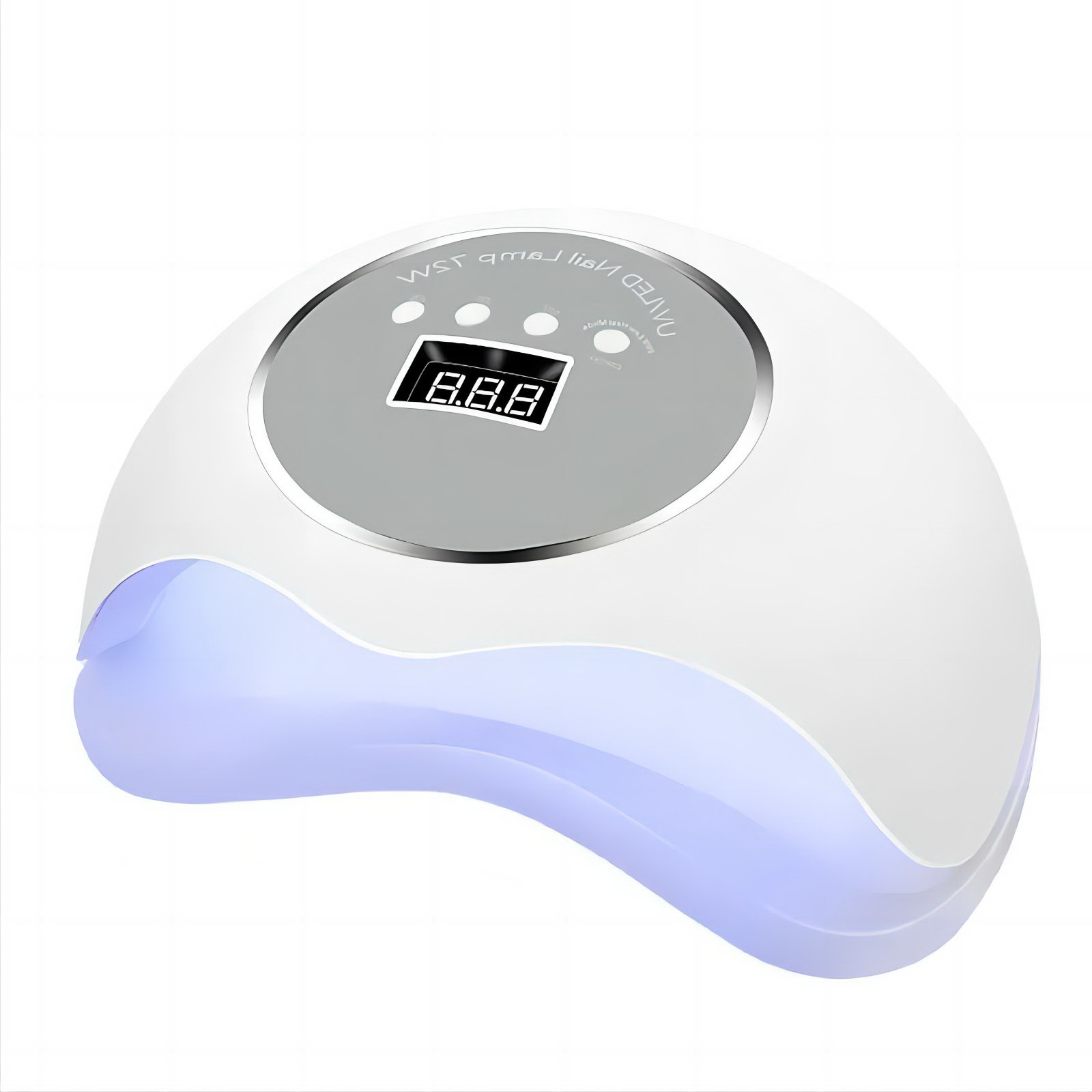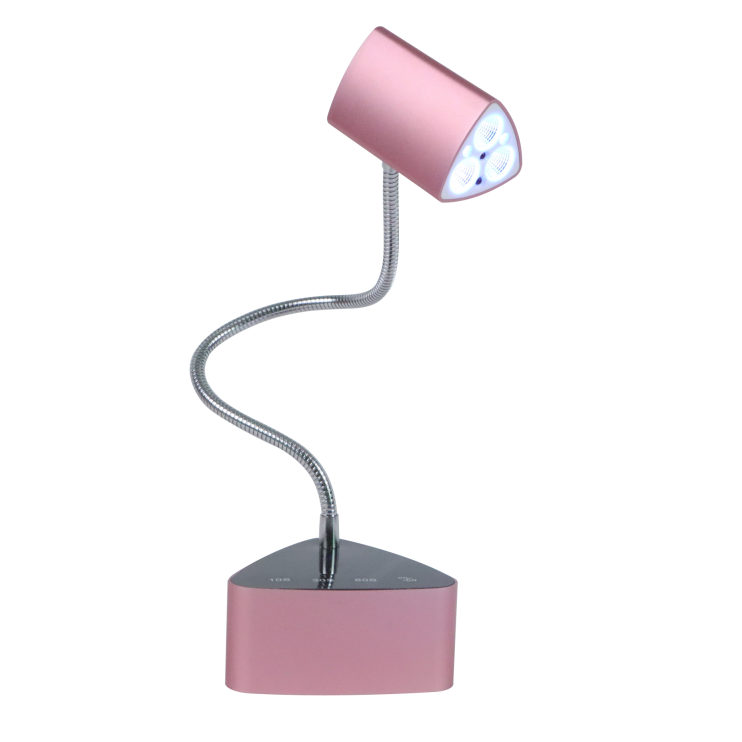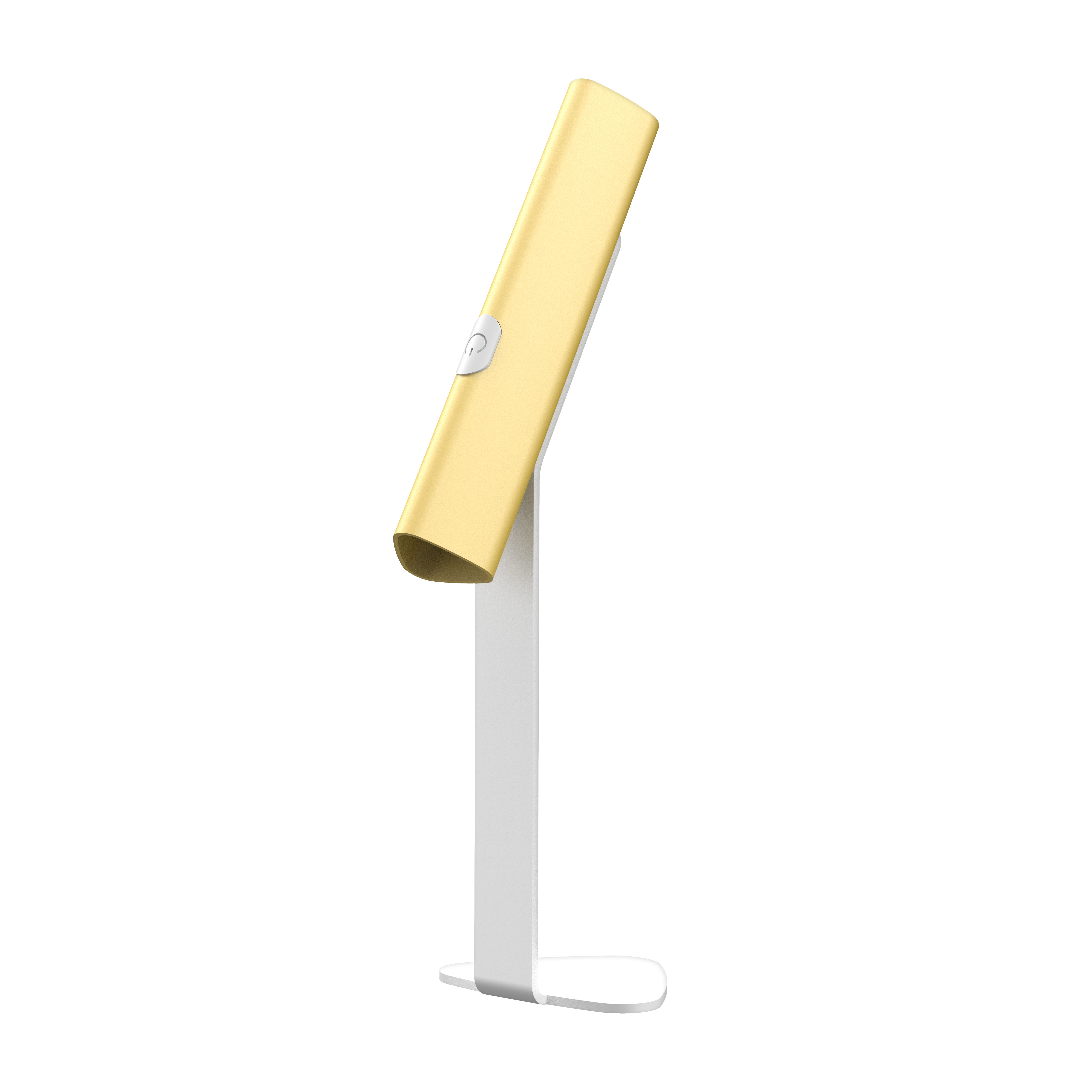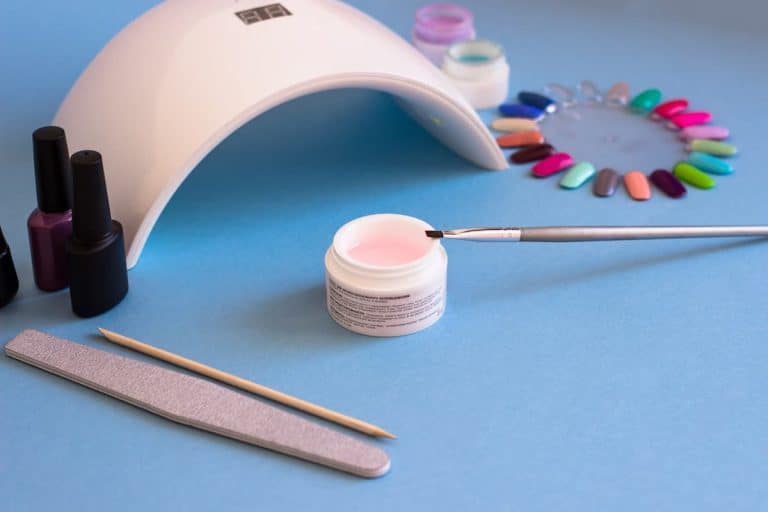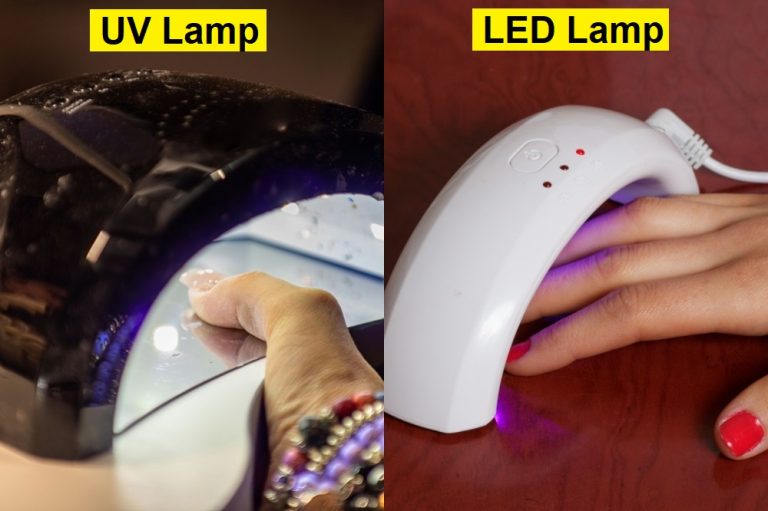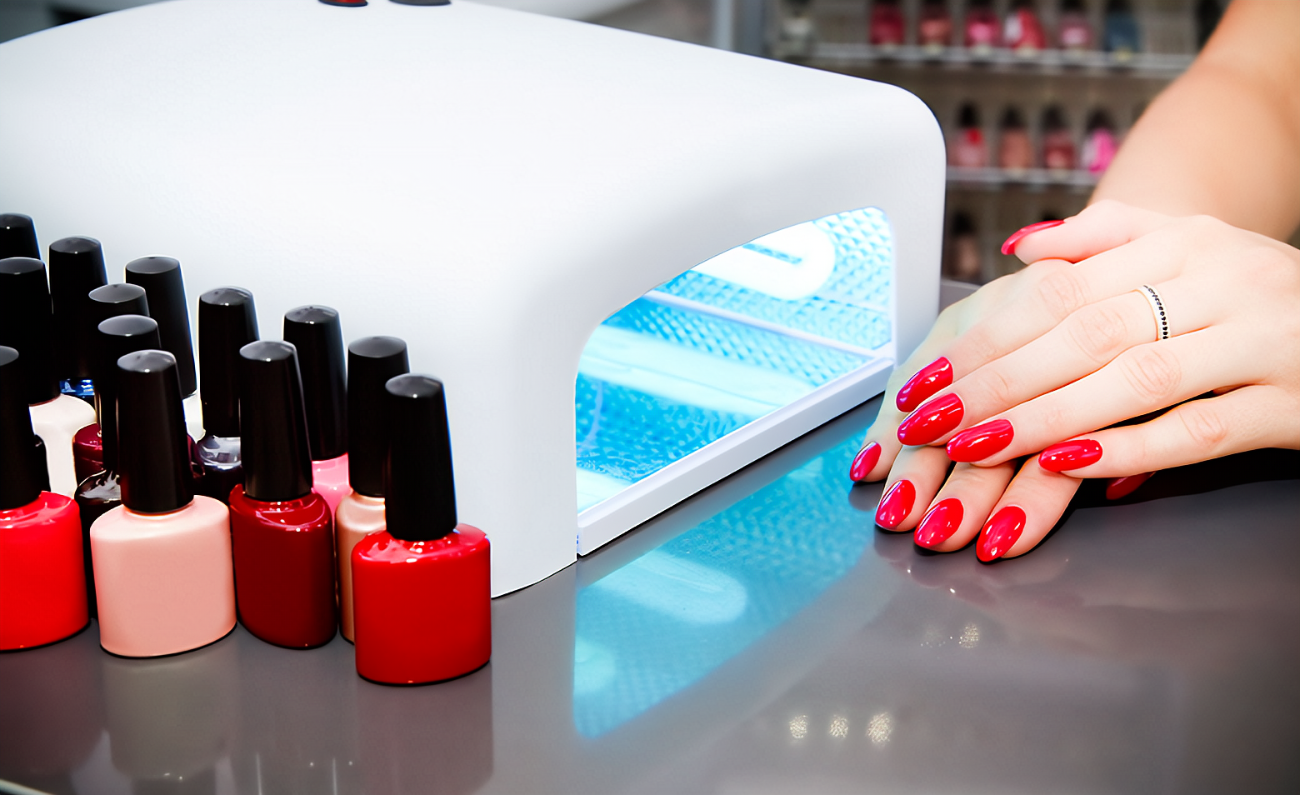In the realm of nail aesthetics, UV nail lamps have evolved into essential tools, revolutionizing the approach to achieving exquisite manicures. Amidst this evolution, a question consistently emerges: Can UV nail lamps lead to tanning of the hands? This article delves into the intricacies of UV nail lamps, scrutinizing whether the concerns about skin tanning are valid. By navigating through the following sections, readers will gain a comprehensive understanding of the relationship between UV nail lamps and potential hand tanning.
Understanding UV Nail Lamps
UV nail lamps are specialized devices crafted to accelerate the curing process of nail enhancements, such as gel polishes and acrylics. They function by emitting ultraviolet (UV) light, specifically UVA and UVB rays, which initiate a chemical reaction in the nail products, resulting in their hardening and durability.
These lamps have evolved as pivotal tools in the realm of nail artistry, dramatically reducing the time required for nail enhancements to set, thereby enhancing the efficiency of beauty treatments. By expediting the polymerization of nail products, UV nail lamps enable a faster transition from application to completion, offering clients and technicians a seamless manicure experience.
In essence, UV nail lamps act as catalysts, triggering the cross-linking of molecules within nail enhancements. This process transforms the semi-liquid nail products into solid, resilient coatings that withstand daily wear and tear. The controlled emission of UVA and UVB rays ensures that the curing process is efficient, without compromising the integrity of the nail enhancements or the well-being of the user.
By understanding the intricate role of UV nail lamps in nail enhancement procedures, technicians and clients alike can appreciate the transformative power of these devices in achieving impeccable and enduring manicures.
UV Radiation Principles in UV Nail Lamps
UV nail lamps operate based on the principles of ultraviolet (UV) radiation, utilizing specific wavelengths of light to facilitate the rapid drying of nail products, such as gels and polishes. This section elucidates how UV radiation functions within UV nail lamps and its role in expediting the drying process while outlining the different categories of UV radiation, including UVA and UVB.
UV Radiation Mechanism in UV Nail Lamps: UV nail lamps emit UVA and UVB rays, which interact with the photoinitiators present in nail products. Photoinitiators are compounds that undergo a chemical reaction when exposed to specific wavelengths of light, initiating the process of polymerization. In the context of nail enhancements, this polymerization process leads to the cross-linking of molecules within the gel or polish, transforming it from a semi-liquid state to a solid, durable coating.
Expediting Nail Product Drying: The emission of UVA and UVB rays from the UV nail lamp accelerates the polymerization process by activating the photoinitiators in the nail products. This rapid chemical reaction leads to the swift solidification of the applied nail enhancements, ensuring that they maintain their shape, gloss, and integrity.
Understanding UVA and UVB: UVA and UVB rays are two distinct categories of UV radiation, each with its unique characteristics and effects on the skin:
- UVA (Long Wave Ultraviolet A): UVA rays have longer wavelengths and penetrate deeper into the skin. They are responsible for initiating the photopolymerization process in nail products, resulting in their curing. While UVA rays are less likely to cause immediate sunburn, prolonged exposure can contribute to skin aging and pigmentation.
- UVB (Short Wave Ultraviolet B): UVB rays have shorter wavelengths and primarily affect the outermost layers of the skin. They are associated with sunburn and can damage DNA, potentially leading to skin cancer. UVB rays are often filtered out in UV nail lamps to minimize their impact on the skin.
In summary, the application of UVA and controlled UVB radiation in UV nail lamps serves as a crucial element in the efficient and effective curing of nail enhancements. This technology not only saves time during manicures but also contributes to the longevity and quality of the final nail result.
UV Radiation and Skin Interaction
This section delves into the multifaceted relationship between ultraviolet (UV) radiation and the skin, examining how various types of UV rays impact the skin. The discussion encompasses mechanisms behind tanning and sunburn, shedding light on the factors contributing to skin pigmentation.
Effects of Different UV Radiation on the Skin:
UVA and Skin Darkening: UVA radiation is primarily responsible for the process of tanning. When UVA rays penetrate the skin, they trigger the production of melanin, the pigment responsible for skin, hair, and eye color. Melanin production intensifies as a protective response to shield the skin’s DNA from UV-induced damage. This increased melanin concentration leads to the skin’s darkening or tanning effect.
UVB and Sunburn: UVB radiation, with its shorter wavelengths, primarily affects the outermost layer of the skin. Exposure to excessive UVB rays can lead to sunburn. When UVB rays penetrate the skin, they cause DNA damage in the skin cells. In response, the body triggers inflammation as a defense mechanism, resulting in the characteristic redness, swelling, and pain associated with sunburn.
Factors Leading to Skin Pigmentation: Skin pigmentation is influenced by a combination of genetic factors, sun exposure, and the body’s melanin production. UV radiation plays a pivotal role in determining the skin’s pigmentation:
- Melanin Production: UV radiation prompts melanocytes (cells responsible for producing melanin) to increase melanin production. This response contributes to skin darkening or tanning.
- Sun Exposure: Prolonged and unprotected exposure to UV radiation, especially UVA and UVB rays, can lead to uneven skin pigmentation and the development of age spots.
- Skin Type: Different skin types react differently to UV exposure. Individuals with lighter skin are generally more susceptible to sunburn, while those with darker skin may experience gradual tanning.
Preventing Uneven Pigmentation: Understanding the effects of UV radiation on skin pigmentation underscores the importance of adopting sun protection measures. Proper use of sunscreen, protective clothing, and seeking shade can mitigate the risk of uneven pigmentation, sunburn, and long-term skin damage.
In essence, comprehending the intricate interplay between UV radiation and skin responses is essential for maintaining healthy skin and making informed decisions regarding UV exposure during beauty treatments like UV nail lamp sessions.
Does UV Nail Lamp Cause Skin Tanning?
This section delves deep into the question of whether UV nail lamps truly have the potential to cause skin tanning on the hands. Through a thorough examination, including expert opinions and research findings, this segment assesses the plausible impact of UV nail lamps on the skin and whether these concerns are substantiated.
Investigating the Claim: Concerns regarding UV nail lamps and their potential to induce hand skin tanning have sparked discussions. Addressing this claim necessitates a comprehensive exploration of the available evidence, expert viewpoints, and scientific studies.
Expert Insights: Experts in dermatology and photobiology assert that while UV nail lamps emit UVA radiation, the intensity and duration of exposure during manicure sessions are considerably lower than what’s typically required for noticeable skin tanning. Furthermore, they highlight that UV nail lamp sessions usually involve minimal hand exposure, as the focus is primarily on the nails.
Research Findings: Several studies have scrutinized the potential effects of UV nail lamps on skin tanning. Research consistently suggests that the risk of skin tanning as a result of UV nail lamp usage remains minimal. The intensity of UV radiation emitted by these lamps, combined with the short exposure duration during manicures, tends to fall below the threshold necessary for substantial skin pigmentation.
Balancing Benefits and Risks: While UV nail lamps are designed for nail enhancement and not skin tanning, it’s essential to consider the potential impact on individual skin types and sensitivities. For individuals with heightened sensitivity to UV radiation or a history of hyperpigmentation, it’s advisable to exercise caution and adopt protective measures.
In summary, the prevalent concern of UV nail lamps causing hand skin tanning is largely unsubstantiated based on current expert opinions and research findings. When used appropriately and in moderation, UV nail lamp usage is unlikely to result in noticeable changes in hand skin pigmentation.
Practical Tips for Using UV Nail Lamps
This section serves as a guide, offering readers practical advice to safeguard their hand skin while utilizing UV nail lamps. From proper lamp usage techniques to minimizing skin exposure to UV radiation, this segment outlines essential precautions to maintain the health and aesthetics of the hands.
Correct UV Nail Lamp Usage:
- Positioning: Ensure that the hands are positioned comfortably under the UV nail lamp, allowing the nails to receive direct exposure to the UV light for efficient curing.
- Timer Setting: Adhere to the recommended curing time specified for the nail products being used. Avoid prolonged exposure that could potentially contribute to skin sensitivity.
Minimizing Skin Exposure:
- Hand Placement: While the primary focus is on the nails, avoid excessive hand exposure under the lamp. Rest the hands only as required for nail curing.
- UV-Blocking Gloves: Utilize UV-blocking gloves to cover the hands during the curing process. These gloves provide an added layer of protection against UV radiation.
Applying Sunscreen:
- Pre-treatment: Prior to UV nail lamp usage, apply a broad-spectrum sunscreen with a high SPF to the exposed areas of the hands. This offers an extra shield against UV radiation.
Hand Moisturization:
- Pre-treatment: Apply a thin layer of moisturizer to the hands before the manicure session. Well-moisturized skin tends to be more resilient to UV radiation.
Avoiding Overexposure:
- Frequency: Limit the frequency of UV nail lamp usage to avoid excessive UV exposure. This precaution is especially important for individuals with fair or sensitive skin.
By adhering to these practical tips, individuals can enjoy the benefits of UV nail lamps without compromising the health and appearance of their hands. Balancing effective nail enhancement with skin protection is key to a holistic and satisfying beauty routine.
Safeguarding Your Hand Skin
This section presents a collection of straightforward yet effective methods to shield readers’ hand skin from the potential harm caused by UV radiation exposure. Offering practical suggestions, including the application of sunscreen and the use of protective hand creams, this segment aims to empower individuals with the knowledge to prioritize their hand skin health.
Sun Protection Measures:
- Broad-Spectrum Sunscreen: Prior to UV nail lamp usage, apply a broad-spectrum sunscreen with a high Sun Protection Factor (SPF) to the exposed areas of the hands. This acts as a barrier against harmful UV radiation.
Hand Creams and Moisturizers:
- Protective Hand Creams: Select hand creams formulated with UV filters to provide an additional layer of defense against UV radiation. These creams can help maintain skin elasticity and hydration.
UV-Blocking Gloves:
- Preventive Measure: Consider wearing UV-blocking gloves during UV nail lamp sessions. These gloves effectively shield the hands from direct UV exposure, minimizing potential damage.
Time Management:
- Curing Time: Adhere to the recommended curing time for nail products specified by manufacturers. This prevents unnecessary and prolonged hand exposure to UV radiation.
Hydration:
- Internal Hydration: Adequate hydration from within by drinking water can contribute to the skin’s resilience against UV radiation.
Overall Hand Care:
- Routine Moisturization: Regularly apply moisturizer to the hands to maintain their suppleness and defense against environmental factors, including UV radiation.
By integrating these straightforward yet impactful measures into their beauty routines, individuals can ensure the protection and well-being of their hand skin. Prioritizing hand skin health not only enhances the appearance of the hands but also contributes to overall skin care.
Conclusion: Prioritizing Beauty and Skin Health
In conclusion, the exploration into the relationship between UV nail lamps and hand tanning yields valuable insights for beauty enthusiasts. Extensive examination of the available information, expert perspectives, and research findings establishes that UV nail lamps, when used appropriately, do not significantly contribute to hand skin tanning. The controlled and short exposure to UV radiation during manicure sessions is unlikely to cause noticeable changes in skin pigmentation.
While the concerns around UV nail lamps and skin tanning are understandable, readers are encouraged to adopt a balanced approach. By adhering to recommended usage guidelines, including proper positioning, limiting exposure time, and incorporating sun protection measures, individuals can relish the benefits of exquisite nail enhancements without compromising their hand skin health. The key lies in embracing protective measures that simultaneously enhance beauty and safeguard the skin’s well-being.
Ultimately, with informed decisions and conscientious care, individuals can confidently enjoy the artistry of UV nail lamps while preserving the radiant health of their hands. The intersection of beauty and skin care is a realm where careful consideration paves the way for enduring beauty and vitality.

